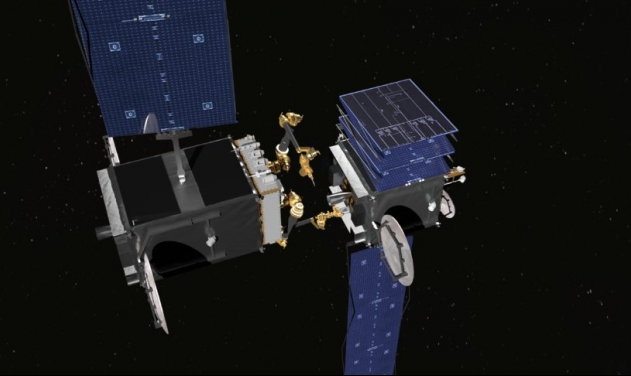US Military’s New Missile-Warning Satellite Set For Launch Today

The U.S. military's newest missile-warning satellite will be launched from a United Launch Alliance Atlas V rocket from Cape Canaveral Air Force Station, Florida, on Friday.
Lockheed Martin-built SBIRS (Space Based Infrared System satellite) GEO Flight 4 was supposed to be launched on Thursday, but troubles with a liquid oxygen valve in ground equipment thwarted the first launch, preventing oxidizer from being loaded in the booster.
The SBIRS satellites fly in geostationary orbits, and are equipped with powerful scanning and staring infrared surveillance sensors that collect data for use by the U.S. military to detect missile launches, support ballistic missile defense and gather broader intelligence.
The first two satellites, SBIRS GEO Flights 1 and 2, have been operational since 2013. SBIRS GEO Flight 3 was launched in January 2017. Two other satellites, SBIRS GEO Flights 5 and 6, are expected to follow.
The Air Force's SBIRS includes a combination of satellites in GEO orbit and hosted payloads in Highly Elliptical Orbit (HEO). A robust, new ground control system serves as the nerve center for the entire constellation, collecting large amounts of data from the satellites' powerful sensors and converting it into actionable reports for defense, intelligence and civil applications.













